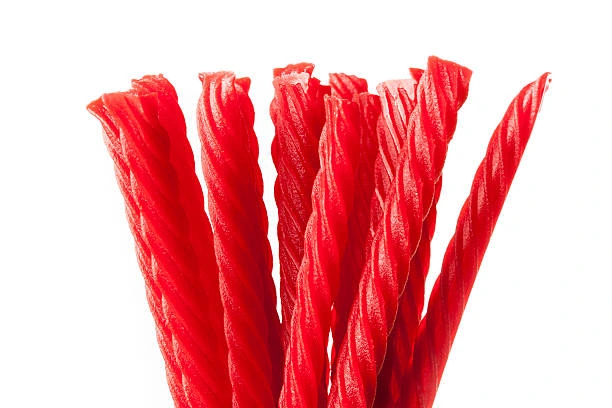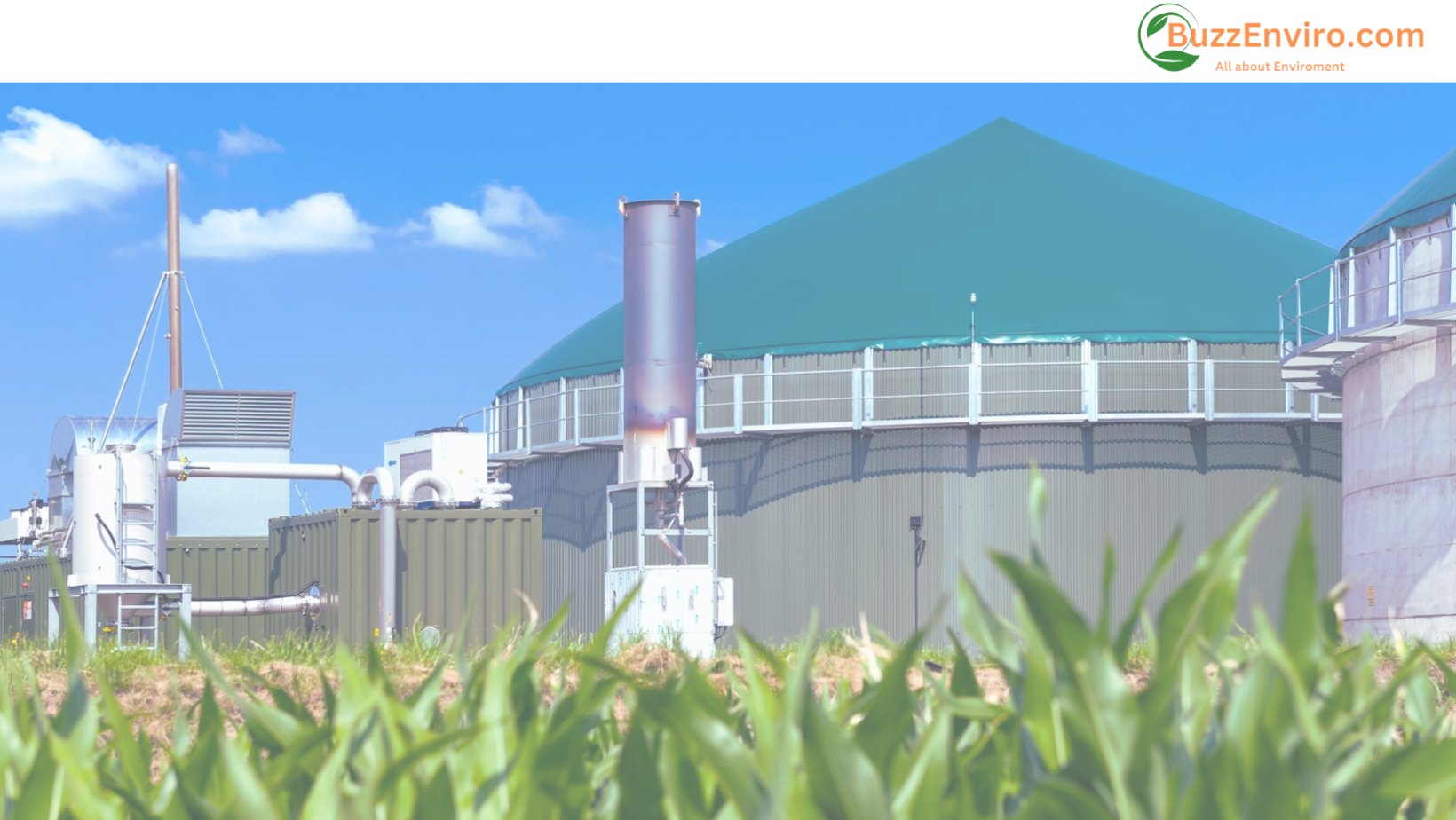Bees are indispensable to our planet’s ecosystems, and their role in pollination cannot be overstated. These tiny creatures help fertilize plants, allowing flowers, fruits, and vegetables to grow. But with the alarming decline in bee populations worldwide, it’s more important than ever to understand the different types of bees and why we need to protect them.
Explore Different Types of Bees
1. Honey Bees (Apis mellifera)
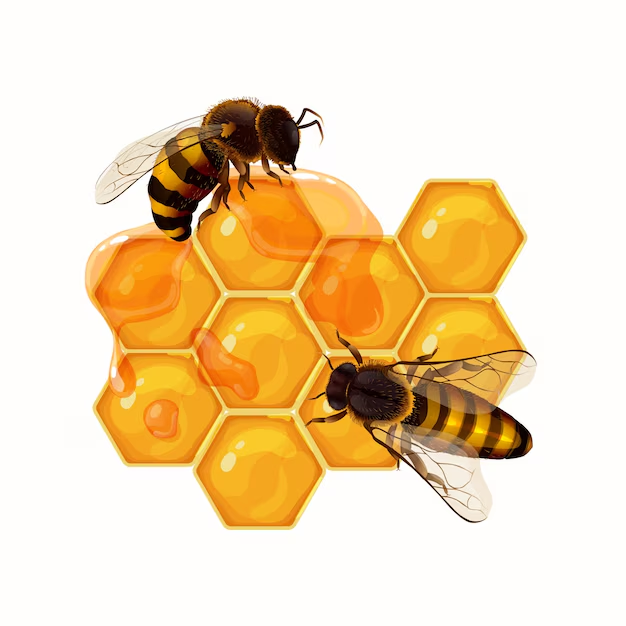
The honey bee is one of the most recognizable species. Known for their honey production and pollination abilities, honey bees live in large colonies with a queen, workers, and drones. They are crucial for agriculture, and their role in sustaining biodiversity is vital. Honey bees pollinate various crops, from almonds and apples to blueberries and cucumbers. They also contribute to the overall health of ecosystems by helping plants reproduce.
However, honey bee populations are threatened by factors like pesticide use, habitat loss, and climate change. Protecting honey bees is essential for ensuring food security and the continued functioning of natural ecosystems.
2. Bumblebees (Bombus Spp.)
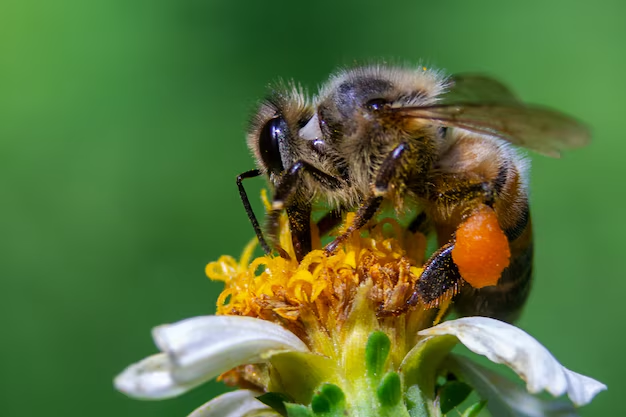
Bumblebees are larger, fuzzier bees that are excellent pollinators for wild plants and crops. They are significant for plants that require “buzz pollination,” like tomatoes and certain berries. Bumblebees can fly in cooler weather, which makes them especially valuable in early spring when other pollinators are still dormant.
Like honey bees, bumblebee populations are also declining due to the same threats: pesticide exposure, climate change, and habitat loss. Conservation efforts are critical to safeguard bumblebee populations, as they are irreplaceable in pollination.
3. Carpenter Bees (Xylocopa spp.)
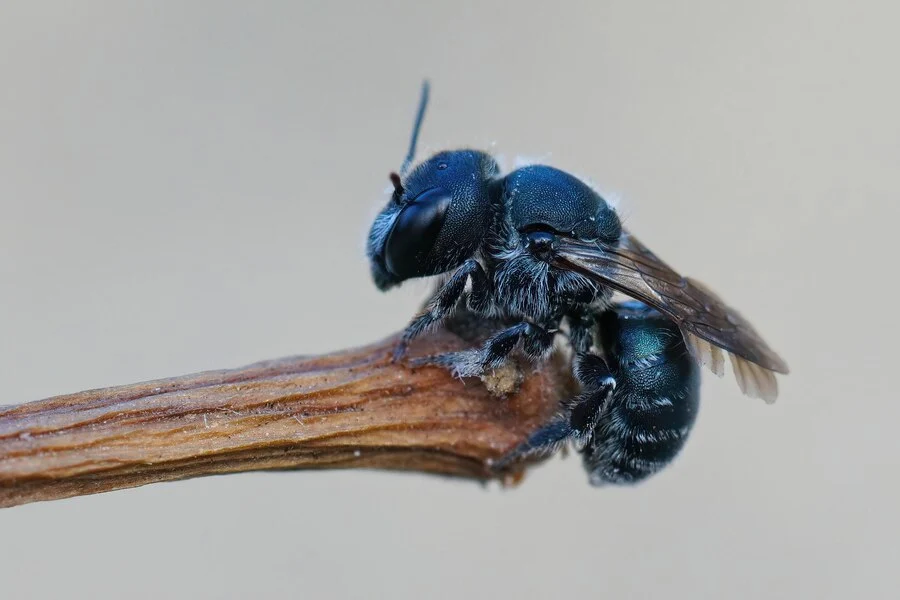
Carpenter bees are solitary bees known for burrowing into wood to create nests. They are great pollinators of plants like blueberries, hollyhocks, and wisteria. While their nesting behaviour can sometimes damage wooden structures, carpenter bees are essential for pollination.
To protect carpenter bees, it’s essential to maintain natural habitats that support their nesting habits, such as dead trees or wooden structures. Avoiding harmful pesticides around these bees is also key to preserving their populations.
4. Mason Bees (Osmia spp.)
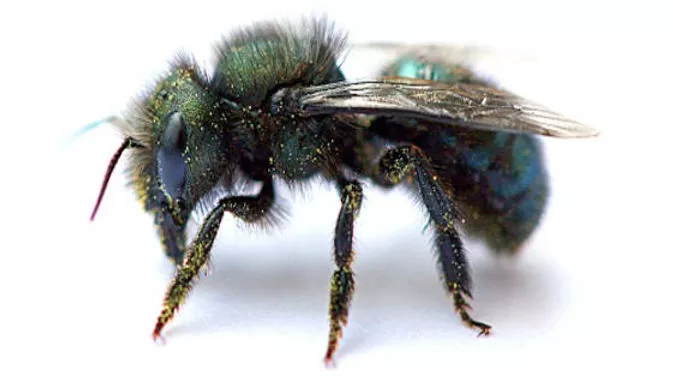
Mason bees are solitary, non-aggressive bees that are fantastic pollinators of fruit trees and other garden plants. They do not produce honey but are highly efficient pollinators. Mason bees are often more effective than honey bees when pollinating fruit crops.
Supporting mason bee populations can be done by providing habitats such as bee houses, which mimic natural cavities where these bees nest. Mason bees thrive in areas with abundant pollen and nectar sources, so planting native flowers and trees is a great way to help them.
5. Leafcutter Bees (Megachile spp.)
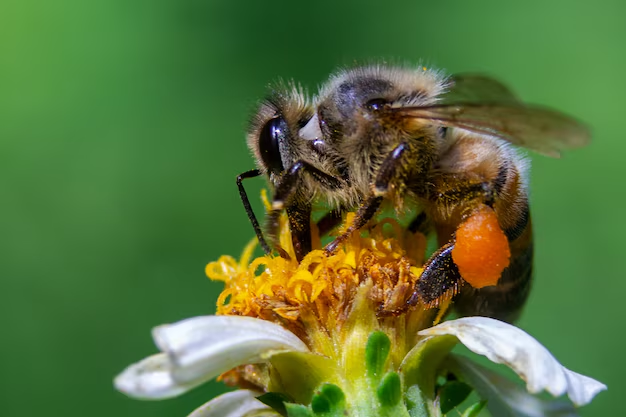
Leafcutter bees are known for cutting leaves to create nests. While they do not produce honey, they are still excellent pollinators. They are especially effective at pollinating plants such as alfalfa and clover, which are essential for both natural ecosystems and agriculture.
To support leafcutter bees, gardeners can leave patches of plants with abundant leaves and flowers and refrain from using chemical pesticides that could harm their delicate populations.
6. Sweat Bees (Halictidae)
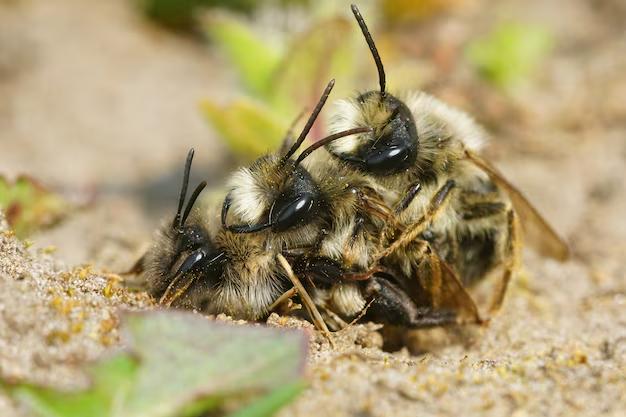
Sweat bees are small, metallic-looking bees often attracted to human perspiration. These bees are essential for pollinating many plants, particularly those that grow in urban environments. Sweat bees are solitary but can form small colonies.
Protecting sweat bees involves reducing urban pesticide use and creating more green spaces, which offer them vital pollen and nectar sources. Adding native flowers and avoiding chemical treatments can go a long way in supporting these tiny but mighty pollinators.
7. Stingless Bees (Meliponini)
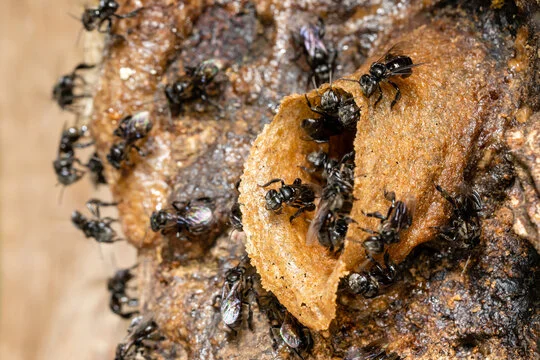
Stingless bees are tropical bees that lack stingers but still play a crucial role in pollination. These bees are social, living in colonies much like honey bees, but they do not produce as much honey. Despite this, their honey is prized for its medicinal properties. Stingless bees are vital to pollinating tropical plants and trees, especially in regions like Central and South America.
Protecting stingless bees means preserving tropical habitats and minimizing deforestation. These bees are susceptible to environmental changes, so conserving their natural environments is critical.
Why We Must Act to Save Bees
The decline of bee populations is a pressing issue affecting agriculture and the broader balance of ecosystems. Bees are under threat from several factors:
1. Pesticides: Chemicals used in farming can be harmful to bees. Pesticides like neonicotinoids can impair a bee’s ability to forage and navigate, leading to colony collapse.
2. Habitat Loss: Urbanization, deforestation, and industrial agriculture destroy the natural habitats that bees rely on for food and nesting.
3. Climate Change: Changing weather patterns affect the flowering cycles of plants that bees depend on, disrupting their foraging habits.
4. Monoculture Farming: Large-scale farming of single crops reduces the variety of plants available to pollinators, limiting the bees’ access to diverse food sources.
What You Can Do to Help Save Bees
There are many ways you can contribute to saving bees, from small actions in your backyard to supporting more considerable conservation efforts:
1. Plant Bee-Friendly Gardens: Choose native flowers, shrubs, and trees that provide pollen and nectar throughout the growing season. Avoid using pesticides or herbicides in your garden.
2. Provide Bee Habitats: Consider installing a bee house to provide solitary bees, such as mason bees, with safe nesting sites. Leave some areas of your yard uncultivated to mimic natural environments.
3. Support Local Beekeepers: Buy honey and other bee products from local, sustainable beekeepers who prioritize the health of their colonies. This helps support the practice of ethical beekeeping.
4. Advocate for Bee Conservation: Support policies that protect pollinators, including pesticide use regulations and initiatives promoting biodiversity.
By taking these steps, we can help reverse the decline of bee populations, save all the and ensure that these vital pollinators continue to thrive, benefiting our crops and gardens and the entire planet. Bees are essential to life as we know it—by saving them, we are keeping the future.


